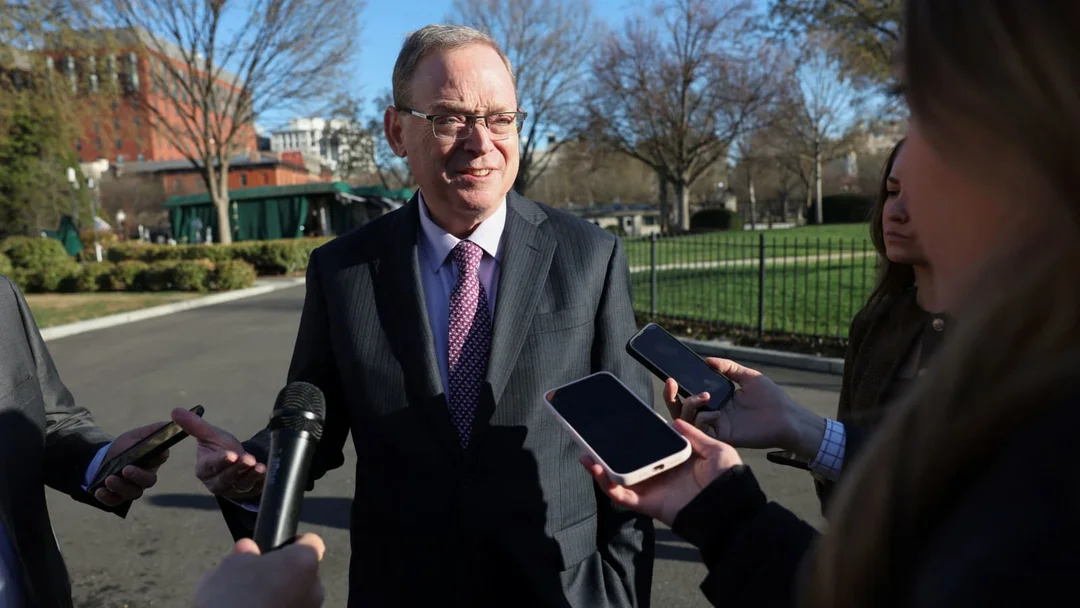
Trump’s Tariff Retreat Spurs Market Turmoil And Global Economic Jitters
President Donald Trump's surprise decision to temporarily pause sweeping new tariffs on almost all trading partners has jolted the global economy and financial markets, highlighting deep-seated anxieties about a prolonged trade showdown with China and the uncertain future of U.S. trade policy.
With the world watching, Trump's rollback – which spares most nations for 90 days while maintaining harsh tariffs on China – momentarily boosted investor confidence, sparking one of Wall Street’s strongest rallies since World War II. Yet this jubilation quickly gave way to renewed worries, as experts warned of lasting economic damage and escalating tensions with Beijing.
Initially, Trump had unveiled aggressive tariffs ranging from 11% up to 50% on dozens of countries, touting them as a fix for fentanyl trafficking, manufacturing decline, and lost tax revenue. After markets tanked – the S&P 500 flirted with bear territory – and business leaders protested, he retreated, sparing all but China where imported goods now face a staggering 125% penalty.

While global stock markets cheered the pause, economists remained largely unimpressed. Major U.S. indices—including the Nasdaq, S&P 500, and Dow futures—gave back some gains the following day. According to CNN, Goldman Sachs pegged America’s recession odds at 50/50, while JPMorgan maintained an even higher 60% chance, noting that the damage from existing tariffs and policy uncertainty could already be steering the U.S. and the world toward recession.
Adding to the pressure, Trump has not eased his blistering stance against China. After his 125% tariff hike, Beijing retaliated with 84% tariffs on U.S. goods, with a Chinese Commerce Ministry spokesperson warning pointedly: “If the U.S. chooses confrontation, China will respond in kind. Pressure, threats and blackmail are not the right ways to deal with China.”
Investors quickly recalibrated, as illustrated by tech giants—the so-called “Magnificent Seven” led by Nvidia, Tesla, Apple, Amazon, Meta, Microsoft, and Google—that initially rebounded $1.5 trillion in value, but then slipped again as trade worries resurfaced. Meanwhile, U.S. Steel shares plunged 10% after Trump opposed its $14 billion sale to Japan’s Nippon Steel, injecting further uncertainty into the manufacturing sector.

Despite some positive signs—such as a better-than-expected inflation report for March and the EU’s decision to pause retaliatory tariffs mirroring the U.S. pause—sentiments remain fragile. ING analysts cautioned, “Markets will not easily forget these episodes with wide market swings.” Even bond markets flashed caution, with 10-year Treasury yields stabilizing yet still reflecting underlying doubts.
Globally, Europe and Asia saw sharp rallies after the tariff pause announcement, with Europe’s STOXX 600 and Asian bourses like Japan’s Nikkei posting multi-year highs. Nevertheless, these bounces contrasted with ongoing warnings: the simulations of GDP impacts show the U.S. and Mexico suffering the worst declines under a prolonged tariff regime.
American voters and global investors are now left wondering if Trump’s retreat is a genuine opening for trade détente—or just a brief lull before the next tariff storm. The coming months will reveal if these aggressive trade tactics yield negotiation breakthroughs, or cement a more fractured, volatile economic landscape.
What do you think about the tariff truce? Is it a smart tactical pause or a costly misstep? Join the conversation in our comments and share your perspective on America’s trade future.
Related issues news
What is Trump?
Donald John Trump (born June 14, 1946) is an American politician, media personality, and businessman who is the 47th president of the United States. A member of the Republican Party, he served as the 45th president from 2017 to 2021. Donald Trump.
What date did Trump announce tariffs?
On April 2u2014a day he called 'Liberation Day'u2014Trump signed an executive order imposing a minimum 10% tariff on all U.S imports beginning April 5.
What is the trade war with China?
On April 9, 2025, the U.S. imposed a 125% tariff on Chinese goods, while China imposed a 84% tariff on American goods.
Does China have tariffs?
China Customs assesses and collects tariffs. Import tariff rates are divided into six categories: general rates, most-favored-nation (MFN) rates, agreement rates, preferential rates, tariff rate quota rates, and provisional rates. As a member of the WTO, imports from the United States are assessed at the MFN rate.